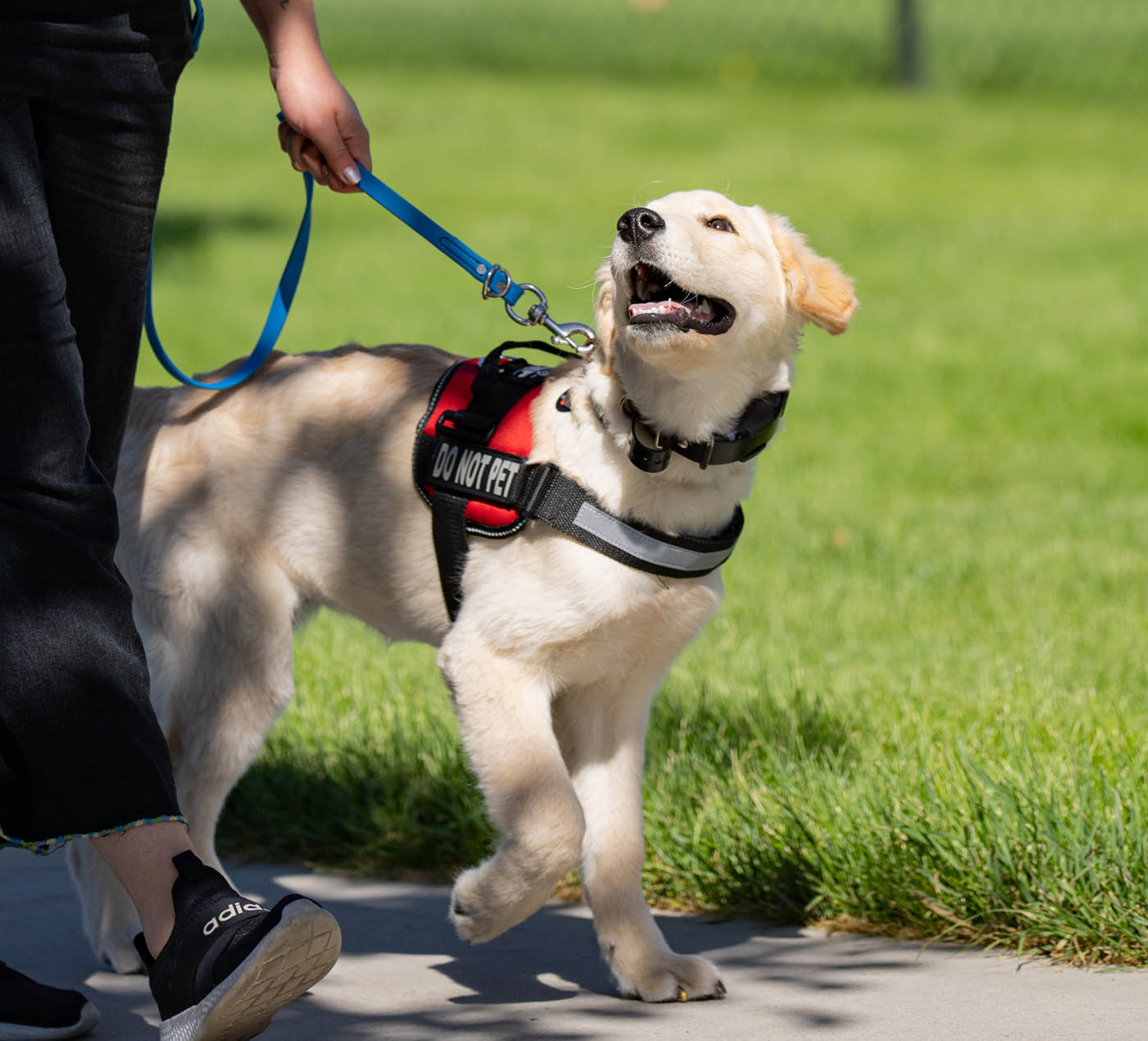Master Vital Commands: Efficient Canine Training Facilitated
Effective dog training is a basic facet of liable pet possession, and mastering essential commands offers as the foundation for an unified relationship between trainer and dog. Recognizing the nuances of canine habits and the training process is crucial; however, the journey to a trained canine usually provides unanticipated obstacles that require interest.
Recognizing Your Canine's Habits
To grasp the nuances of reliable dog training, it is necessary to break down and examine your dog's behavior. Dog training. Comprehending the inspirations behind your dog's activities is vital; actions can originate from instinct, anxiety, excitement, or a desire for interest. By observing your pet dog in various situations, you can determine patterns that might show underlying feelings or needs
For example, a pet dog that barks exceedingly might be expressing boredom, stress and anxiety, or a demand for social interaction. Conversely, a canine that displays harmful actions could be seeking stimulation or remedy for anxiety. Identifying these triggers permits you to customize your training strategy effectively.
Additionally, it is crucial to take into consideration the pet's type characteristics, as they can affect behavior considerably. Some breeds are predisposed to certain attributes, such as herding or securing reactions, which can influence their responses to specific stimuli.
Finally, uniformity in your reactions to your pet's behavior fosters a far better understanding in between you and your family pet. This common understanding is fundamental for constructing depend on and assisting in an efficient training process that supports both behavior correction and favorable support.
Vital Commands to Instruct
Instructing essential commands is a basic element of efficient canine training, providing the structure for a well-behaved and responsive pet dog. These commands not just enhance communication in between the owner and the pet dog however additionally make sure security in numerous environments.
The most vital commands include "Sit," which urges your pet dog to remain fixed and calm; "Keep," which strengthens the idea of staying in one place up until released; and "Come," which is crucial for recalling your canine from potentially hazardous situations. "Down" educates canines to exist down, promoting leisure and control, while "Leave it" assists prevent pet dogs from picking up unsafe or unwanted products.
" Heel" is another essential command that urges your pet dog to stroll carefully close to you, improving leash good manners. "No" serves as an important boundary-setting command, helping to fix unwanted habits.
Training Strategies for Success
Reliable dog training depends greatly on using a variety of methods that accommodate both the canine's discovering design and the proprietor's training objectives. One key method is favorable support, which includes rewarding preferred actions with deals with, appreciation, or play. This approach urges the canine to duplicate those habits, cultivating a solid bond in between owner and animal.

Another efficient method is clicker training, where a distinct sound, made by a remote control, notes the exact minute a pet carries out a desired action. This specific timing assists canines associate the actions with the benefit, enhancing their understanding.
Consistency is important in all training methods. Developing clear commands and preserving the same signs assists the dog understanding assumptions extra quickly. Additionally, brief, engaging training sessions protect against monotony and increase retention.
Including socializing chances is also essential. Exposing pet dogs to various settings, people, and other pets helps them create confidence and flexibility.
Finally, perseverance plays a considerable duty in successful training - Dog training. Each dog finds out at their very own pace, and understanding this can cause a more satisfying training experience for both the owner and the pet dog. Implementing these methods will certainly set the structure for reliable canine training
Usual Difficulties and Solutions
Regardless of the finest training methods, canine owners often encounter common obstacles that can prevent development. When family members use various commands for the same actions, it puppy Training perplexes the pet dog, leading to inconsistent reactions.

Furthermore, some pets may show stubbornness or lack motivation. This can frequently be addressed by integrating favorable reinforcement methods, such as deals with or praise, to motivate wanted behaviors. Tailoring incentives to what your canine locates most motivating can substantially boost their engagement.
Finally, anxiety or anxiety can impede progress in training. Acknowledging indicators of stress and changing the training speed as necessary is essential. Utilizing steady direct exposure to been afraid stimulations can help build confidence gradually, promoting a more reliable training experience.
Maintaining Consistency and Persistence
Uniformity and perseverance are critical in canine training, as they form the structure for attaining enduring behavioral changes. Dogs grow on regular and clear expectations; thus, keeping a regular technique in commands, rewards, and corrections is essential.
Equally vital is the function of patience. Educating a canine is not an instant procedure; it needs time and repetition. Dogs, just like people, have differing discovering paces and might not understand commands instantly. Instructors need to acknowledge this and remain tranquil, offering inspiration rather than frustration. Favorable reinforcement plays a vital role here, fulfilling preferred actions and helping to cultivate a trusting connection in between the canine and fitness instructor.
Conclusion
Grasping crucial commands is fundamental to efficient pet dog training, cultivating enhanced communication and enhancing favorable behaviors. The application of positive reinforcement methods, coupled with consistency and persistence, substantially boosts the training experience for both the dog and handler. Addressing typical difficulties with functional remedies better sustains the training process. Inevitably, a trained pet not just shows etiquette but also develops confidence, adding to an unified connection in between the pet dog and its proprietor.